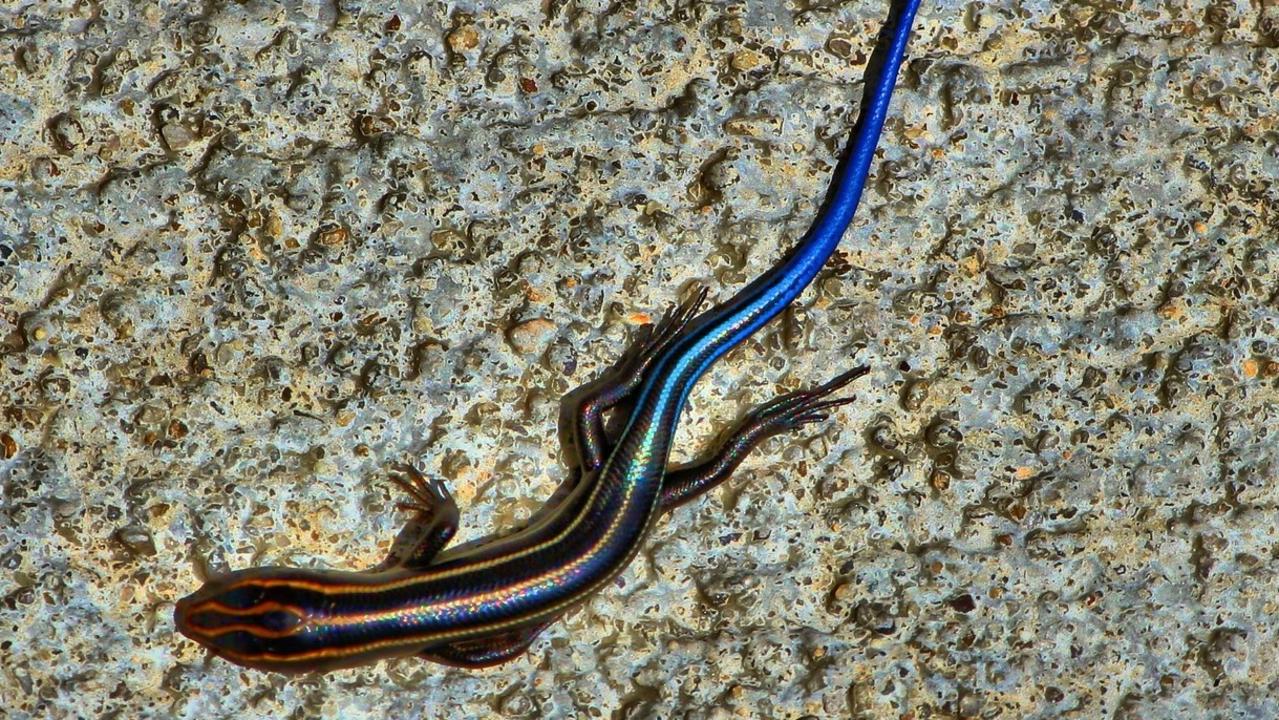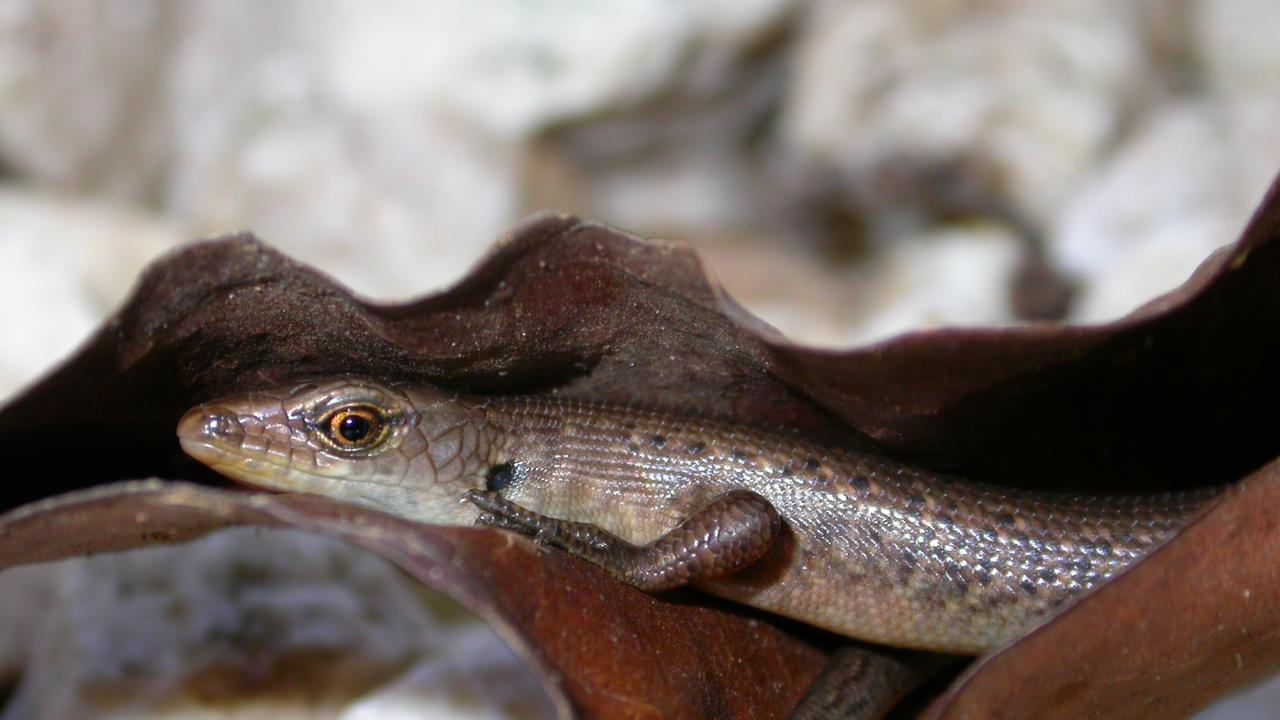New study finds 1 in 5 reptile species could go extinct
A new study has found that 1 in 5 reptile species could go extinct if more isn’t done to conserve them — with Australia bearing a huge brunt of the loss.

Every one in five reptile species is threatened with extinction a new study has found — with Australia bearing a huge brunt of the loss.
Australia is home to around ten per cent of the total lizard population, making it imperative to step up conservation efforts, experts warn.

The study led by NatureServe and Monash University analysed 10,196 reptile species including turtles, crocodiles, lizards and snakes. It found that 30 per cent of forest-dwelling reptiles were at risk compared to 14 per cent in arid climates such as deserts. The reason for this difference is that forests are often threatened by logging and conversion to agriculture.
Head of the Evolutionary Ecology for Environmental Change Laboratory at Monash University, Professor David Chapple said the situation facing Australian reptiles is worse than ever.
“The plight of Australia’s reptiles has deteriorated over the past 25 years, with a doubling of the number of threatened species and he first recorded extinction of an Australian squamate reptile,” he said.
The last Christmas Island forest skink, nicknamed Gump, died alone in 2014. Two other species of reptiles on Christmas Island were afterwards declared ‘extinct in the wild’. The great mystery as to why so many lizards on Christmas Island were dying out was solved in 2021. A University of Sydney study found a deadly bacterium was growing inside the animals heads, spreading to their internal organs. At the time there was no cure.

If each of the 1,829 species of threatened reptiles became extinct, the planet would lose a combined 15.6 billion years of evolutionary history.
Despite their declining numbers, reptiles are not the most endangered class of animals, with 41 per cent of all amphibian species globally threatened with extinction according to the IUCN Red List of Threatened Species. Sharks and rays are the next most endangered creatures with 37 per cent considered threatened.

It’s not all bad news though. While conservation efforts for reptiles tend to be ignored for more popular animals, the study found that by protecting other species of animal, reptiles are inadvertently protected.
“I was surprised by the degree to which mammals, birds and amphibians, collectively, can serve as surrogates to reptiles,” said Dr Bruce Young, co-leader of the study and Chief Zoologist and Senior Conservation Scientist at NatureServe.
“This is good news because the extensive efforts to protect better known animals have also likely contributed to protecting many reptiles. Habitat protection is essential to buffer reptiles, as well as other vertebrates, from threats such as agricultural activities and urban development.”
Yet, NatureServe CEO, Dr Sean O’Brien warns that urgent targeted conservation is still needed to protect most reptile species as the threats facing each animal tends to differ. While lizards are often threatened by habitat loss and introduced predators, turtles and crocodiles are most at risk through human hunting.

“Reptiles are not often used to inspire conservation action, but they are fascinating creatures and serve indispensable roles in ecosystems across the planet. We all benefit from their role in controlling pest species and serving as prey to birds and other animals,” he said.





